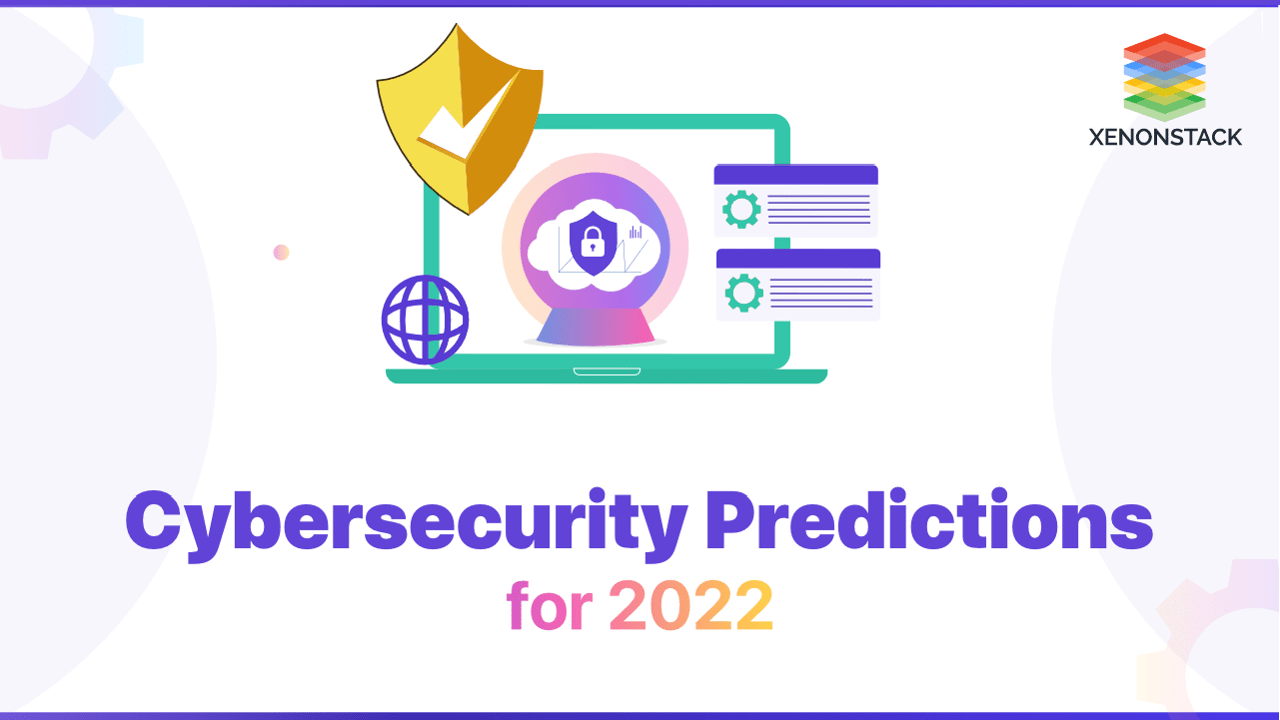Improve your cyber resilience to handle security breaches.
Improve your cyber resilience to handle security breaches.
Blog Article
Leading Cybersecurity Forecasts for 2024: Stay Ahead of Arising Dangers
As we approach 2024, the cybersecurity landscape is positioned for substantial transformation, driven by emerging hazards that companies should not just prepare for but likewise tactically address. The surge of AI-driven cyberattacks, combined with significantly advanced ransomware methods, highlights the urgent demand for advanced defenses. In addition, the expanding variety of IoT gadgets offers brand-new vulnerabilities that can be exploited. With governing changes imminent and an essential focus on cybersecurity training, it is vital for organizations to reassess their strategies to continue to be durable. How prepared are you to browse these evolving difficulties?
Rise of AI-Driven Assaults
As companies progressively adopt expert system modern technologies, the possibility for AI-driven strikes is becoming a paramount issue in cybersecurity. Cybercriminals are leveraging AI to improve the class and effectiveness of their assaults, producing a landscape where standard safety and security procedures might fail. These assaults can manipulate equipment understanding formulas to recognize vulnerabilities in systems and networks, resulting in a lot more targeted and harmful breaches.
AI can automate the reconnaissance stage of a strike, enabling opponents to gather vast amounts of data promptly (cyber resilience). This ability not only reduces the moment needed to launch an attack yet additionally raises its precision, making it harder for defenders to anticipate and mitigate hazards. In addition, AI can be made use of to develop convincing phishing schemes, generate deepfake content, or control information, further complicating the cybersecurity landscape
Organizations must prioritize the assimilation of AI-driven cybersecurity solutions to counter these emerging risks. By using advanced threat discovery systems, companies can boost their capacity to determine and neutralize AI-generated strikes in actual time. Constant investment in training and understanding programs is also crucial, as it outfits workers to recognize and reply to potential AI-driven hazards effectively.
Raised Ransomware Class
The surge of AI-driven attacks is not the only pattern improving the cybersecurity landscape; ransomware strikes have actually additionally evolved, becoming increasingly sophisticated and targeted. As cybercriminals fine-tune their techniques, companies encounter increased dangers that require flexible strategies to mitigate potential damage.
Modern ransomware threats currently utilize progressed strategies, such as dual extortion, where assaulters not only encrypt data but also threaten to leak sensitive information if their demands are not fulfilled. This includes an extra layer of pressure on victims, commonly engaging them to pay ransoms to safeguard their track records and client depend on.
Additionally, the usage of automated tools and device learning algorithms by perpetrators has structured the attack procedure, enabling them to determine vulnerabilities a lot more successfully and tailor their techniques against particular targets. Such advancements have actually caused a disconcerting rise of attacks on crucial infrastructure, medical care systems, and supply chains, stressing the requirement for robust cybersecurity structures that prioritize real-time threat detection and reaction.
To counter these advancing hazards, organizations should invest in comprehensive training, advanced safety and security modern technologies, and case action prepares that include lessons found out from previous ransomware events, guaranteeing they continue to be one step ahead of increasingly complicated strikes.
Growth of IoT Vulnerabilities
With the go now quick growth of the Net of Things (IoT), vulnerabilities linked with these interconnected gadgets have ended up being a crucial concern for companies and individuals alike. The expansion of wise gadgets, from home devices to commercial sensors, has actually developed an expansive strike surface for cybercriminals. Many IoT gadgets are deployed with very little security procedures, frequently making use of internet default passwords or out-of-date firmware, making them susceptible to exploitation.
As devices come to be interconnected, the potential for large attacks boosts. As an example, endangered IoT gadgets can work as entrance points for aggressors to penetrate even more safe and secure networks or launch Distributed Denial of Solution (DDoS) attacks. cybersecurity and privacy advisory. The lack of standardization in IoT safety determines further intensifies these susceptabilities, as varying makers execute differing levels of safety and security
Furthermore, the enhancing refinement of malware targeting IoT tools presents significant risks. Hazard stars are continuously creating brand-new approaches to manipulate these weak points, leading to prospective data breaches and unapproved accessibility to delicate information. As we move into 2024, organizations have to focus on IoT safety and security, applying robust measures to secure their networks and mitigate the threats connected with this quickly growing landscape.
Regulatory Changes Influencing Protection

In 2024, we anticipate to see more strict conformity demands for businesses, specifically those that make or release IoT devices. The introduction of laws such as the European Union's Cyber Durability Act and updates to existing frameworks like the see here NIST Cybersecurity Structure will certainly stress safety and security deliberately. Organizations will certainly be mandated to carry out durable security procedures from the preliminary phases of item growth, making sure a proactive stance versus prospective susceptabilities.
In addition, regulative bodies are likely to impose significant fines for non-compliance, compelling organizations to focus on cybersecurity investments. This change will certainly not only improve the general protection position of companies yet will certainly also cultivate a culture of liability in safeguarding customer information. As policies tighten, the obligation will significantly fall on firms to show compliance and guard against the ever-evolving threats in the electronic landscape.
Focus on Cybersecurity Training
Organizations' commitment to cybersecurity training is coming to be progressively crucial as hazards progress and strike vectors multiply. With cybercriminals continually developing innovative methods, it is extremely important for workers at all degrees to comprehend the threats and acknowledge their role in minimizing them. Comprehensive training programs equip team with the knowledge and abilities needed to recognize potential threats, such as phishing strikes, social design strategies, and malware.
Furthermore, a culture of cybersecurity awareness fosters vigilance amongst staff members, decreasing the likelihood of human mistake, which continues to be a significant susceptability in numerous organizations. Consistently upgraded training components that reflect the current risks will guarantee that staff remain informed and with the ability of reacting effectively.


In 2024, companies will likely focus on ongoing education and learning and simulation exercises, making it possible for employees to exercise their feedback to real-world situations. Collaboration with cybersecurity professionals for customized training solutions might also end up being much more prevalent. Ultimately, purchasing staff member training not only strengthens a company's defense stance yet additionally grows an aggressive strategy to cybersecurity, strengthening the concept that safety is a common duty across the enterprise.
Conclusion
In conclusion, the cybersecurity landscape in 2024 will certainly be formed by the increase of AI-driven attacks, increasingly innovative ransomware tactics, and the expansion of vulnerabilities connected with IoT devices. Governing adjustments will demand improved compliance steps, underscoring the relevance of integrating security deliberately. A strong focus on detailed cybersecurity training will certainly be crucial in growing an organizational culture resistant to emerging dangers. Proactive adjustment to these trends will certainly be essential for efficient protection techniques.
Report this page